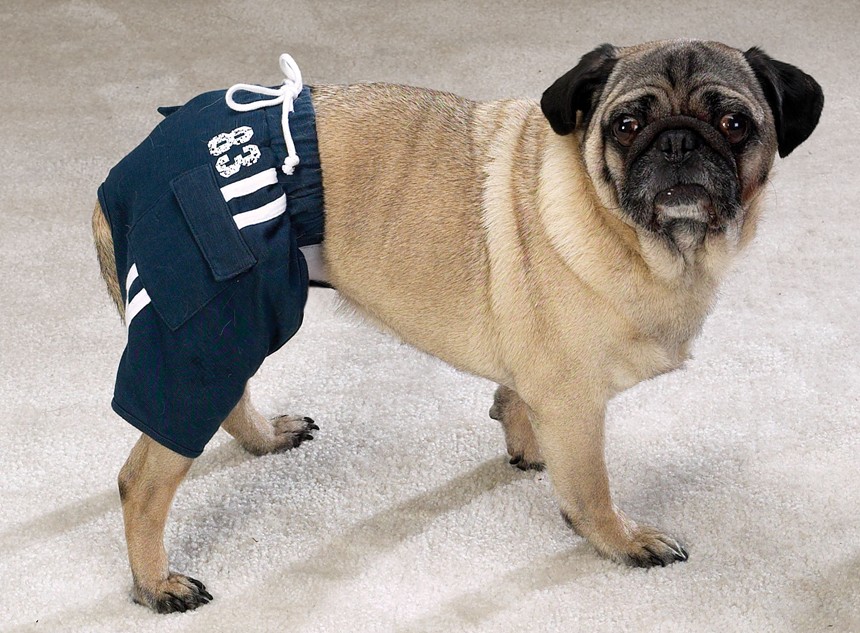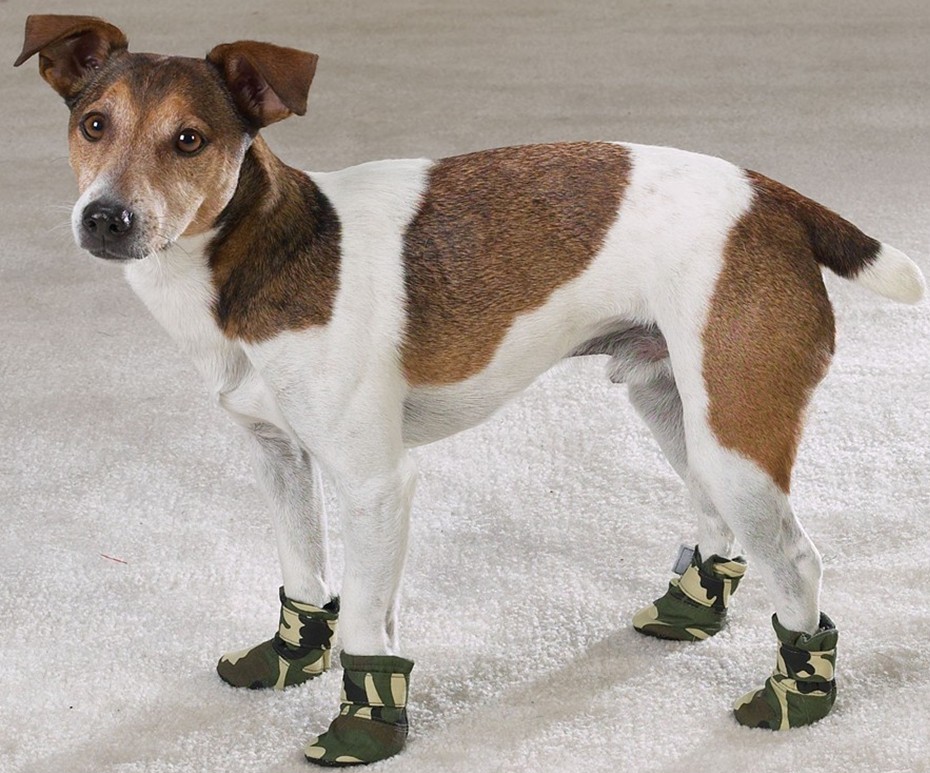 During your puppy’s impressionable months, it is important to expose your youngster to new experiences and teach him good habits. The more diverse experiences your puppy has, the better adjusted he will be as an adult.
During your puppy’s impressionable months, it is important to expose your youngster to new experiences and teach him good habits. The more diverse experiences your puppy has, the better adjusted he will be as an adult.Keep your good-byes short. Give your puppy a distraction approximately five minutes before you leave (e.g. a toy with a treat inside), then leave without fanfare. Also keep your return home low key. The less fuss you make, the less chance your puppy will develop separation anxiety difficulties.
When leash training your puppy, do not drag or pull on the leash. Keep the leash loose at all times, using a rapid, gentle tug if your pup gets out of hand. During his formative training months, using a harness rather than a collar will help control your dog and avoid stress on your dog's neck and throat. If your dog begins to pull on the leash or darts forward, try rapidly changing direction or stopping...explaining to your pet you will go no further until he stops pulling.
When picking up your pup, place one hand under his chest and the other under his under his hind legs. Lift and cradle him letting his fore legs rest on your arm for support so he feels safe and secure.
If your pup likes to jump, start training her early to curb this habit. If she jumps on you at treat or feeding time, gently take her paws and place them back on the ground repeating this action every times she jumps on you. Don't reward or praise your pet if she jumps on you. Get down on your pet's level to offer praise and rewards.
For teething tots, tie a large knot in a dishtowel, dampen the towel, then place it in the freezer to get cold. Give this to your puppy to sooth sore gums. Make certain the knot large enough to eliminate the chance of accidental swallowing.
If your pup is headed for mischief, redirect her to something more constructive and then reward your dog with praise and/or a treat.
Establish good house training habits early. Take your pup to the bathroom every 45 minutes to an hour and always provide him access to his toilet area lined with paper. Train your pup to use only his toilet area when he is in the house. Allowing him to wet in other areas will make him think such behavior is acceptable. If your pup does make a mistake, show him where he needs to go.
A regular feeding schedule will help establish a regular elimination schedule. When he is successful using his toilet area, a kind word helps establish the fact he did well. Remember, most pups aren't completely housetrained until they are 6 months old.
Bring out the athlete in any dog. Hit the dog park in style with our new Casual Canine Track Shorts from www.dogclothes-apparel.com. These adorable active wear trunks are soft, machine-washable cotton, with a drawstring closure. Great for jogging or a day the beach.
 A bit skittish about clipping your dog’s nails? Your pooch's pedicure will be a quick, painless process with just a few helpful hints.
A bit skittish about clipping your dog’s nails? Your pooch's pedicure will be a quick, painless process with just a few helpful hints.